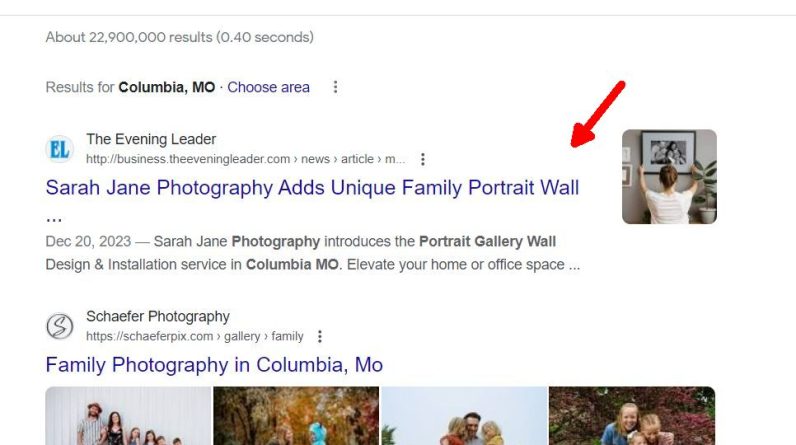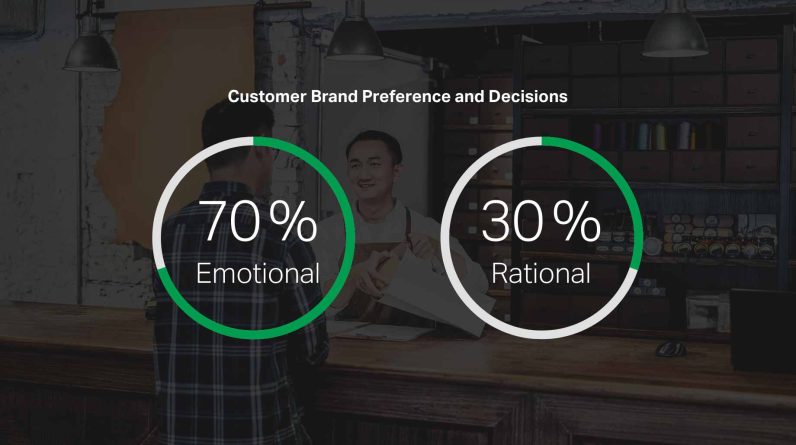Case studies are one of the most effective marketing tools businesses can use to inform customers about how their products or services can help them. Case studies provide real-world examples of how a particular product or service helped another customer achieve success, which can be a powerful way to demonstrate an organization’s value proposition. By using case study results to optimize your marketing tactics, you can better target potential customers and increase the effectiveness of your campaigns.
The first step in using case study results to optimize your marketing tactics is to identify the key takeaways from each case study. These takeaways should include specific details about how the customer achieved success with the product or service, such as the challenges they faced and how they overcame them. Additionally, you should note any key features or benefits that were highlighted in the case study that could be used as part of your messaging when targeting potential customers.
Once you have identified the key takeaways from each case study, you need to consider how these insights could be used to inform your overall marketing strategy. For example, if a customer experienced success by utilizing a particular feature of your product or service, then this could be highlighted in future campaigns as an example of why other customers should choose your organization over competitors. Additionally, if certain challenges were addressed during implementation that could be beneficial for other customers to know before they make their purchase decision, then these should also be included in future messaging and campaigns.
Another way you can use case study results to optimize your marketing tactics is by understanding which channels drove the best results for each customer featured in a case study. This insight can then allow you to better target potential customers through similar channels and adjust your messaging accordingly. For example, if social media was particularly successful for one customer featured in a case study, then it may make sense for you to focus more resources on this channel when targeting new prospects rather than focusing solely on email marketing or traditional advertising methods.
It’s also important to leverage existing data when optimizing your marketing tactics based on case study results. By looking at existing data such as website analytics and customer feedback surveys, you can gain additional insights into which types of content are resonating with current customers that could help inform future campaigns targeted at new prospects. Additionally, using A/B testing tools like Crazy Egg can allow you test different versions of creative assets such as website copy and images so that you know what type of content is most likely to convert prospects into paying customers once they visit your website from an advertisement or email campaign .
Finally , it’s important for organizations looking to use case studies for optimization purposes not only understand what has worked well for past customers but also continuously update their existing strategies based on changes in customer needs over time . This means regularly reviewing current customer feedback surveys , website analytics , A/B testing results , and other sources of data so that their organizational messages remain up-to-date with consumer preferences . Additionally , businesses should consider conducting interviews with past successful customers featured in existing case studies so that additional lessons learned from their experiences are included when optimizing future campaigns .
Overall , utilizing real world examples contained within existing case studies along with leveraging existing data sources is an effective way for organizations looking improve their current marketing strategies . By doing so , businesses will have greater visibility into which solutions are resonating best with current and prospective consumers while being ableto adjust messaging accordingly based on changes over time .







